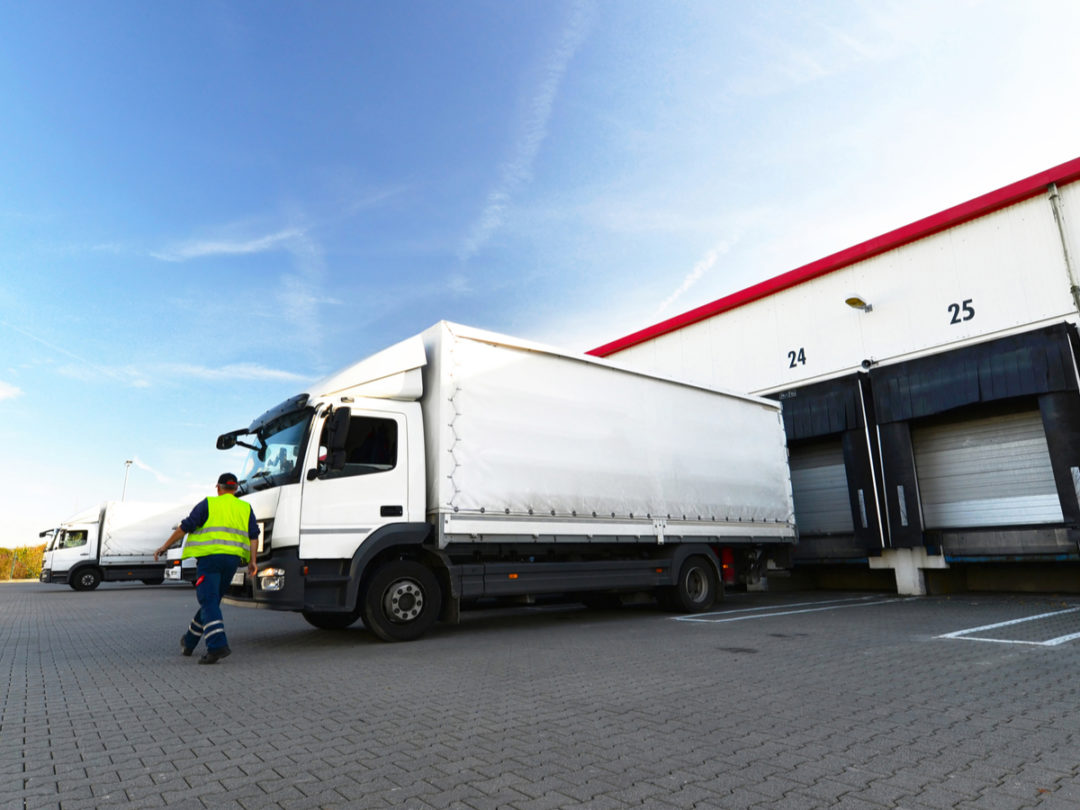
Think Tank
Supply Chain Essentials Every CEO Should Know

Chief executive officers typically take a back seat when it comes to supply-chain management, but by forging a greater synergy with supply-chain managers, they can take their organizations on a journey toward prolonged success.
We now live in the age of the digital supply chain, which makes it easier than ever before for an outsider with minimal background to understand the intricacies of the supply chain and the challenges and risks that impact it.
This also means that organizations can respond to disruptions that impact the supply chain more quickly, so long as executive decision makers are able to align their perceptions and thinking around it. If an organization really nails its supply-chain management strategy, it can react to disruptions before they even happen, and quickly transform strategy into execution.
However, there are a few things CEOs should to know before dipping their toes into supply-chain management. By digesting the following points, CEOs will be ready to take a deeper dive into their organizations’ supply chains.
Globalization Is Coming to an End
Globalization has been a transformative force in the supply chain. The opportunity for organizations to expand into new global markets has meant that supply chains have had to adapt and expand. However, everything looks set to change for organizations with global supply chains.
The latest research from LLamasoft, which surveyed supply-chain decision makers in global manufacturing organizations, has found that supply chains are likely to change in reaction to economic nationalism.
Nationalist agendas have led to the U.K.’s impending withdrawal from the EU and the trade wars currently taking place between other global regions. The research found that 66 percent of manufacturers would change their supply chains in order to tackle economic nationalism. It also found that 50 percent of respondents believe economic nationalist policies will increase operational costs.
Ensuring resilience and longevity in the supply chain will require C-suite buy-in, as supply-chain managers seek additional support to overcome the challenges that economic nationalism will bring to their operations. Connectivity between top decision makers and supply-chain design teams is pivotal to ensuring agile transformation, and connecting the dots to successful execution.
Customer-First Thinking Is Key
We’ve heard the term “mobile-first,” which refers to technology that’s optimized for mobile as its primary platform, and considers everything else secondary. But supply-chain organizations need to begin thinking “customer-first.” This means thinking from the perspective of the end customer when making decisions about the supply chain.
To gain a better understanding of its customers and their expectations, Coop Denmark sent staff, including the organization’s chief technology officer, to spend time living with customers. Not every organization needs to go quite this far, but thinking about the point of view of the end customer will help to shape a supply chain that satisfies that customer, by understanding what they consider to be success. Many e-tailers have experienced issues of misalignment in customer-first initiatives, where they moved to one-day delivery even though customers would have been content with two days, as long as the commitment was legitimate and fulfilled. The perception of customer need coming from market pressure versus actual customers’ communicated needs is one of the greatest chasms of the digital era.
It’s easy to get caught up in modelling a supply chain that works to favor your organization but happens to be a historical accident. It’s just as easy for the customer experience to get lost in this process. Customer experience must become the driving force in your supply chain. This can be achieved by ensuring supply-chain decisions that take into account the challenges of consumers and their evolving demands.
The Siloed Supply-Chain Model Is Outdated
An organization’s supply chain most likely runs on the Supply Chain Operations Reference (SCOR) model. This linear model is structured around individual silos, similar to a business structure with separate departments such as sales, marketing and customer service. But the model makes the organization run at suboptimal levels, and creates a longer lead time from strategy conception to execution.
The SCOR model requires data to be passed through each individual silo. From planning to sourcing, production and logistics, each silo typically operates on a different platform. Handling the data in this way creates a margin for error which causes the supply chain to hemorrhage time and money. To overcome these hurdles, organizations should begin to think about how they can connect these silos through overarching metrics and connected processes and systems.
In addition, the SCOR model simply isn’t flexible enough to adapt or adjust quickly, a significant need in today’s environment. To counter those challenges, rapid decision making is required. Supply-chain management platforms that assimilate with various systems and autonomously direct the right data, in a manner that eliminates room for error and increases productivity and throughput, are helping organizations to reorganize their supply chains. They are challenging companies by requiring decision-making to be faster and smarter to keep pace with evolving demands.
Data Is Everything
Re-modelling the supply chain isn’t just about changing the way the data flows. Where the data comes from is equally as important. By gathering real time from various touchpoints across every stage of the supply chain, a ”digital twin” of your physical supply chain can be formed to enable end-to-end visualization.
With this end-to-end visualization, you can start to test different scenarios, altering the digital model of your supply chain to plan and predict different events and prescribe preventative measures to challenges in the supply chain. Referred to in the industry as “digital decision making,” this is the key to managing existing and future challenges that threaten supply-chain operations.
By understanding these key points, CEOs can confidently support their supply-chain decision makers in modelling a supply chain that’s not just fit for the future, but can rapidly overcome undetected challenges that are already threatening he success of their organizations. By investing in a supply-chain management platform that can seamlessly integrate with the multiple systems connected to traditional silos, CEOs will increase their organizations’ resilience and agility.
Carlos Valderrama is senior vice president of global customer success at LLamasoft.






